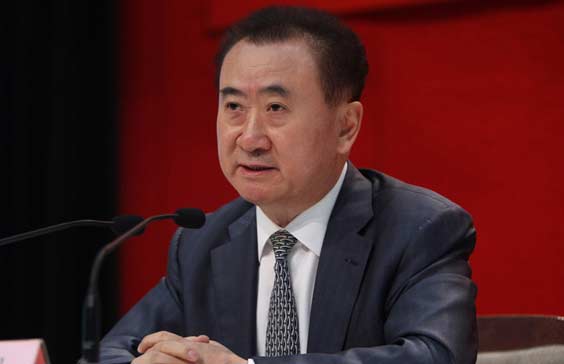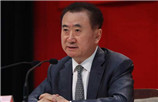Is China running out of policy options?
By Wang Tao (chinadaily.com.cn) Updated: 2016-03-02 11:13Investors are worried that after a period of significant and rapid credit expansion following the global financial crisis and years of propping up growth, China may be running out of policy options.
Indeed growth has continued to slow despite material fiscal and monetary easing; recent rapid credit expansion has yielded less-than-impressive results; and more recently, elevated capital outflows and swelling depreciation pressures could potentially further constrain China's policy options.
While it is very difficult if not impossible to reverse the economic downturn or property destocking cycle, China still has ammunition to support growth. It can still increase infrastructure and social spending, underpinned by a bigger deficit and more credit-funded quasi-fiscal spending, to prevent investment and growth from dropping off a cliff.
That said, the scope and effectiveness of such measures appear to be diminishing. High domestic saving can help support further increase in debt, for now.
Debt and corporate restructuring can help contain China's leverage issue. However, deflationary pressures and an ongoing need for credit expansion to support growth mean that China's leverage will continue to rise in the next few years.
Though this may increase the risk of even greater debt-related problems down the road, a high domestic saving rate and further bond market development should support debt increase for a while longer without a market-forced credit crunch or sharp deleveraging.
Despite depreciation pressures, China will likely pursue a relatively stable yuan exchange rate against the basket, with opportunistic and modest depreciation against the US dollars.
To manage this process, China is expected to tighten existing capital controls and use some of the foreign exchange reserves, along with policies aimed at stabilizing domestic growth. The central bank can manage any negative liquidity impact from outflows by cutting still high reserve requirement ratios and using other liquidity facilities.
In the upcoming two sessions, we expect the government to announce a bigger budget deficit, more social and infrastructure spending, an easing bias for credit policies, announcement of new investment projects associated with the 13th five year plan, and more specifics on supply-side reforms at the NPC. However, we expect these measures to only help mitigate, not reverse, the slowdown.
The author is chief China economist at UBS Group AG. The views do not necessarily reflect those of China Daily.
- Ant Financial 'in talks' with Caixin Media
- Picky Chinese invest smartly in overseas residential units
- National big data pilot zone to open in Guizhou
- China Resources to buy out stake in Snow Breweries
- Beijing smart glasses maker eyes global market
- World premiums at Geneva Motor Show
- Based in China, trading in US stocks
- China offers guidelines for companies investing overseas
















